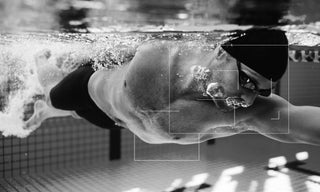Case example: Swimmer, male
Athlete profile: Mark, a competitive swimmer training for national championships.
Scenario: Through repeated training microcycles, Mark and his coach discover an individual training pattern that consistently leads to an elevation in anabolic secretion in Mark’s body. This pattern involves a specific schedule of intense and light training, combined with a bout of well-timed drill session and recovery. When Mark repeats this microcycle when training properly overall, he consistently achieves hormonal supercompensation, allowing him to perform at his best during critical competitions.
Finding: This use case underscores the significance of tailoring training cycles to the individual athlete’s physiology and demonstrates how achieving hormonal supercompensation can lead to peak performance.

An example of a successfully scheduled training microcycle that leads to supercompensation.
For the athlete, repeating the same microcycle led to the discovery of a repeatable individual training pattern that consistently leads to elevation in anabolic secretion. To note – when the person is overtrained, the same recipe does not generate a positive response.
Hormonal supercompensation is a sports physiology concept where the body temporarily increases certain hormonal levels beyond baseline through a series of physiological adaptations and responses that prepare the body for future demands.
Successful supercompensation depends on the timing of training and recovery on an individual level.

